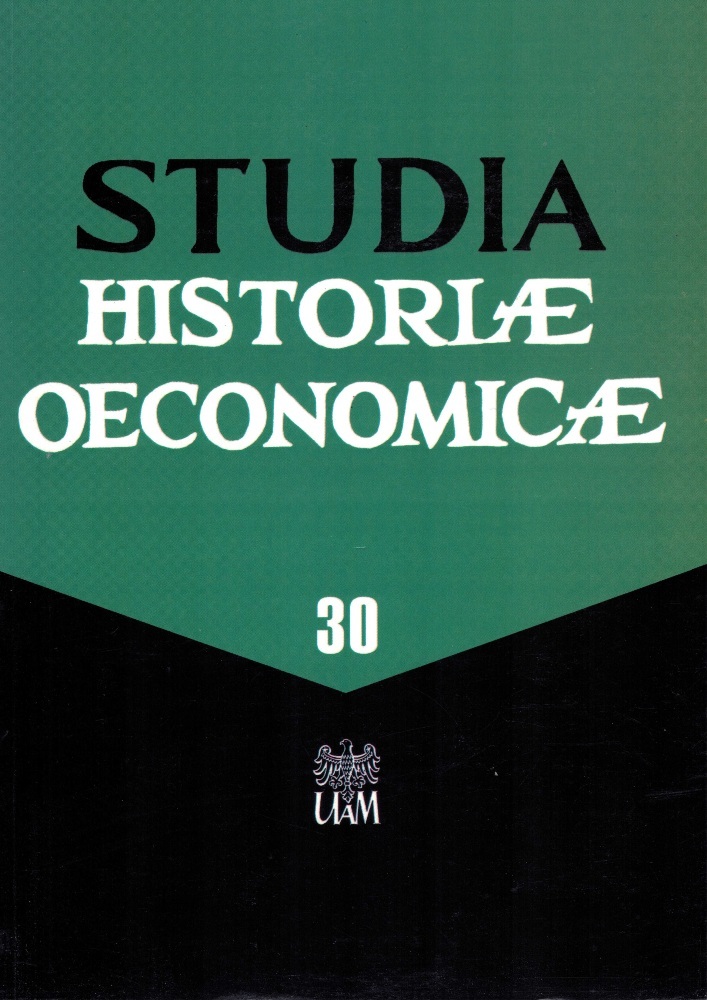Abstract
In, the beginning of the 20th century, Pila was a provincial administrative centre and a rail junction. In the late 20th century, of the will of the communist decision-makers, it became the capital of Pila Voivodeship. Political transformation of 1989, and, as a result, Pila’s degradation back to the smalltown administrative centre has led to a diminishing of Pila’s economical attractiveness. Actions undertaken by the local government and its cooperation, both with the neighbouring localities and the economical community made it possible to control the degradation process. Concurrently, the attempts to seek new areas of activity, such as building a new research centre and numerous economical initiatives funded by the region and the EU have given the local community an inspiration to make a change and have increased the social potential of the area.
References
Annual Statistical Reports of Pila and Greater Poland Voivodeship (1990–2005) Pila: Voivodeship Statistical Bureau.
Annual Statistical Reports of Pila Voivodeship (1990–1998) Pila: Voivodeship Statistical Bureau.
GUS Statistical Reports (1994–2002).
Pila Council Bulletin (1998).
Pila County Job Centre.
Bąk, M. and Kulawczuk, P. (1999) Gmina Piła. Program wspierania i rozwoju przedsiębiorczości na terenie miasta Piły. Warszawa, Gdynia: Urząd Miasta Piły.
Boras, Z. and Dworecki, Z. (1993) Piła. Zarys dziejów (do roku 1945). Piła: Urząd Miasta Piły.
Cabaj, E. (2008) ‘Usytuowanie administracyjne miasta i jego samorządność po 1945 roku’, in Chyży, K., Kucharska, C. and Popławski, Z. (eds) Piła po 1945 r. Odbudowa, rozwój, życie publiczne, społeczeństwo. Piła: Urząd Miasta Piły, pp. 59–68.
Ciesielska, J. (no data) Badanie struktury bezrobocia w Powiecie Pilskim w aspekcie koordynacji podaży usług edukacyjnych z oczekiwaniami pracodawców, http://www.um.pila.pl. Accessed 20 February 2010.
Gniot, A. (2008) ‘Gospodarka Piły na przestrzeni lat 1945–2006’, in Chyży, K., Kucharska, C. and Popławski, Z. (eds) Piła po 1945 r. Odbudowa, rozwój, życie publiczne, społeczeństwo. Piła: Urząd Miasta Piły, pp. 69–96.
Pasiecznik, K. (2008) ‘Struktura demograficzna Piły’, in Chyży, K., Kucharska, C. and Popławski, Z. (eds) Piła po 1945 r. Odbudowa, rozwój, życie publiczne, społeczeństwo. Piła: Urząd Miasta Piły, pp. 119–128.
Agencja Rozwoju Północnej Wielkopolski, www.krs-online.com.pl/agencja-rozwoju-polnocnej-wielkopolski-w-krs-154781.html. Accessed 20 March 2010.
Budowa wielkopolskiego systemu innowacji, http://iw.org.pl/pl/subregion-poznański/1199-budowa-wielkopolskiego-systemu-innowacji. Accessed 20 September 2010.
Centrum informacji i promocji innowacji Północnej Wielkopolski, www.igpw.pila.pl/innowacje. Accessed 20 November 2010.
Informacja z realizacji Strategii Rozwoju Miasta Piły na lata 2005–2015, www.pila.pl/downloads/strat_realizacja07.pdf. Accessed 20 March 2010.
Informator samorządowy miasta Piły. IV kadencja samorządu lata 2002–2006, www.pila.pl/downloads/informator2006.pdf. 20 March 2010.
Informator Samorządowy Starostwa Powiatowego w Pile, http://www.bip.pila.pl. Accessed 12 February 2010.
Jak założyć firmę, http://www.pila.pl/content.php. Accessed 20 March 2010.
Pilski Klub Pracy, www.pilski.informacja-lokalna.pl/urzad_miejski_-_klub_pracy. Accessed 20 March 2010.
Program rewitalizacji terenów powojskowych, http://www.um.pila.pl. Accessed 22 Februrary 2010.
Strategia rozwoju miasta Piły na lata 2005–2015, http://www.um.pila.pl. Accessed 20 Februrary 2010.
Strategia rozwoju województwa wielkopolskiego do 2020 roku, https://www.umww.pl/artykuly/55891/pliki/strategiarozwojuwojewodztwawielkopolskiegodo2020roku.pdf. Accessed 20 March 2010.
License
Copyright (c) 2012 Jan Milosz

This work is licensed under a Creative Commons Attribution-ShareAlike 4.0 International License.




